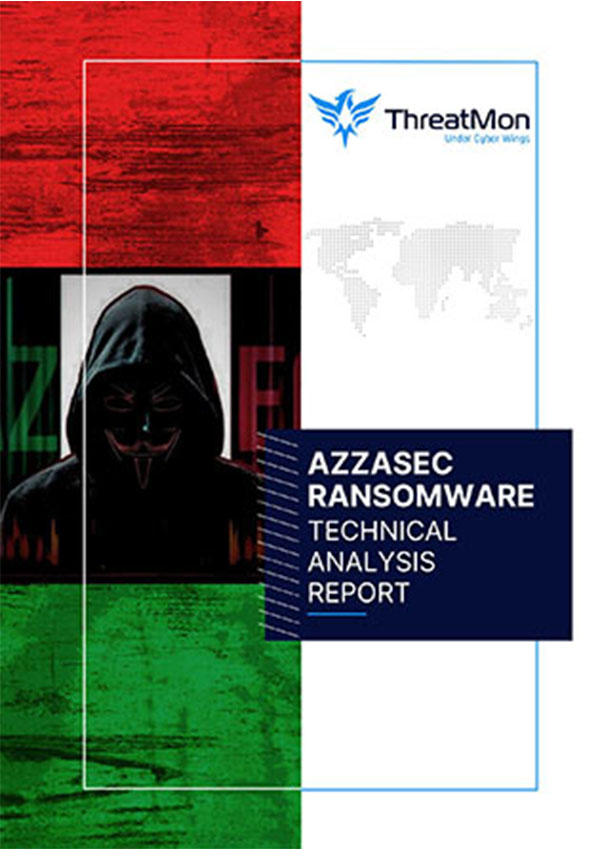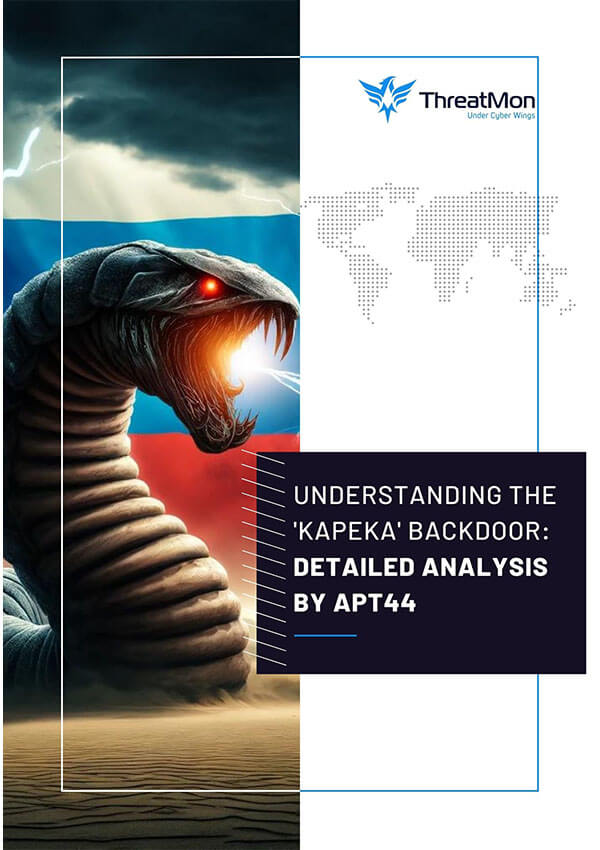From Slides to Threats: Transparent Tribe’s New Attack on Indian Government Entities Using Malicious PPT

State-sponsored cyber espionage group Transparent Tribe (APT36) poses a significant threat to national security, actively targeting government entities in India
Cyber Threats to the US Elections

Blog Cyber Threats to the US Elections As the US heads toward its presidential election in 2024, a cyber attack hangs over the voting process. As foreign and domestic actors try to interfere with electoral processes, cybersecurity is now a tricky area more than ever. A new wave of cyberattacks reveals how those threats are […]
ORBCOMM Data Breach Exposes 70+ TB of Data

Kematian Stealer Technical Analysis Report

Kematian Stealer is a PowerShell-based stealer malware tool designed to infiltrate and extract data from Windows systems effortlessly. Despite being open-source and not for financial gain, it was developed by six contributors who participated in the project’s release. Kematian Stealer showcases its advanced level with its features and included builder software.
As ThreatMon, we strive to prevent potential malicious activities by informing individuals, companies, firms, institutions, and organizations about current threats through our reports, posts, and analyses.
AzzaSec Ransomware Technical Analysis Report

As ThreatMon, we strive to prevent potential malicious activities by informing individuals, companies, firms, institutions, and organizations about current threats through our reports, posts, and analyses.
Hackers Selling Root Access to Telecom Company in China/Taiwan

Dell Partner Portal Data Leak – Hackers Claiming Leak of 80,000 user IDs
GLOBAL CYBER THREAT REPORT 2024 H1

ThreatMon analyzes the threat landscape based on its extensive and
detailed data covering most active dark web forums and ransomware
groups’ sites, the activities of most prominent threat actors, the
vulnerability threat landscape, most used malware by threat actors,
important breaches, and millions of stealer log data to present you
insights into the the global threat landscape in the first half of 2024.
Understanding the ‘Kapeka’ Backdoor: Detailed Analysis by APT44

Kapeka Backdoor is a sophisticated malware that prepares a platform for malware execution by communicating with infected devices. Through command-and-control (C2) communication, attackers can send commands and take control of target systems. This backdoor is similar to another backdoor known as QUEUESEED, which has the same hash and characteristics. Both malware have been attributed to the Russian APT group Sandworm.
XZ Utils Backdoor CVE-2024-3094

The discovery of the XZ Backdoor vulnerability has shaken the cybersecurity community. It revealed a serious breach with significant implications for the security of open-source software. This troubling discovery began with seemingly harmless contributions to the widely used compression tool XZ Utils.